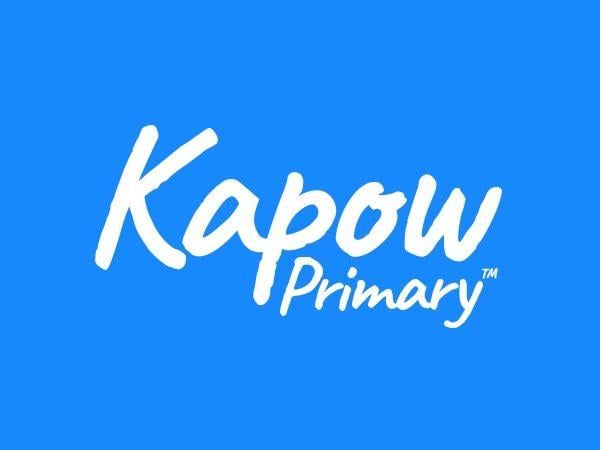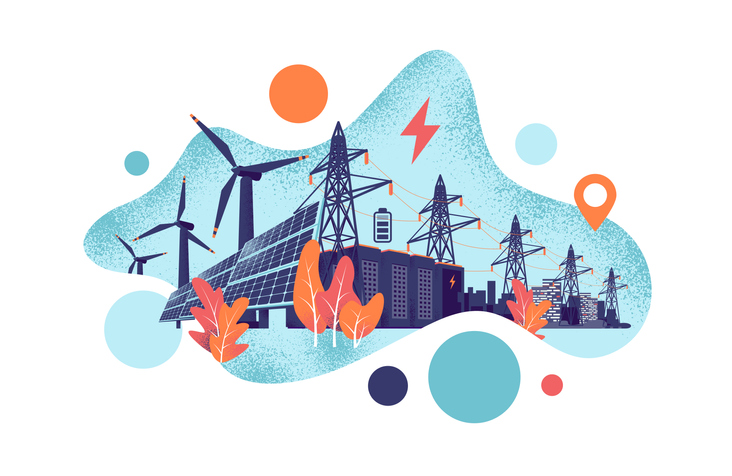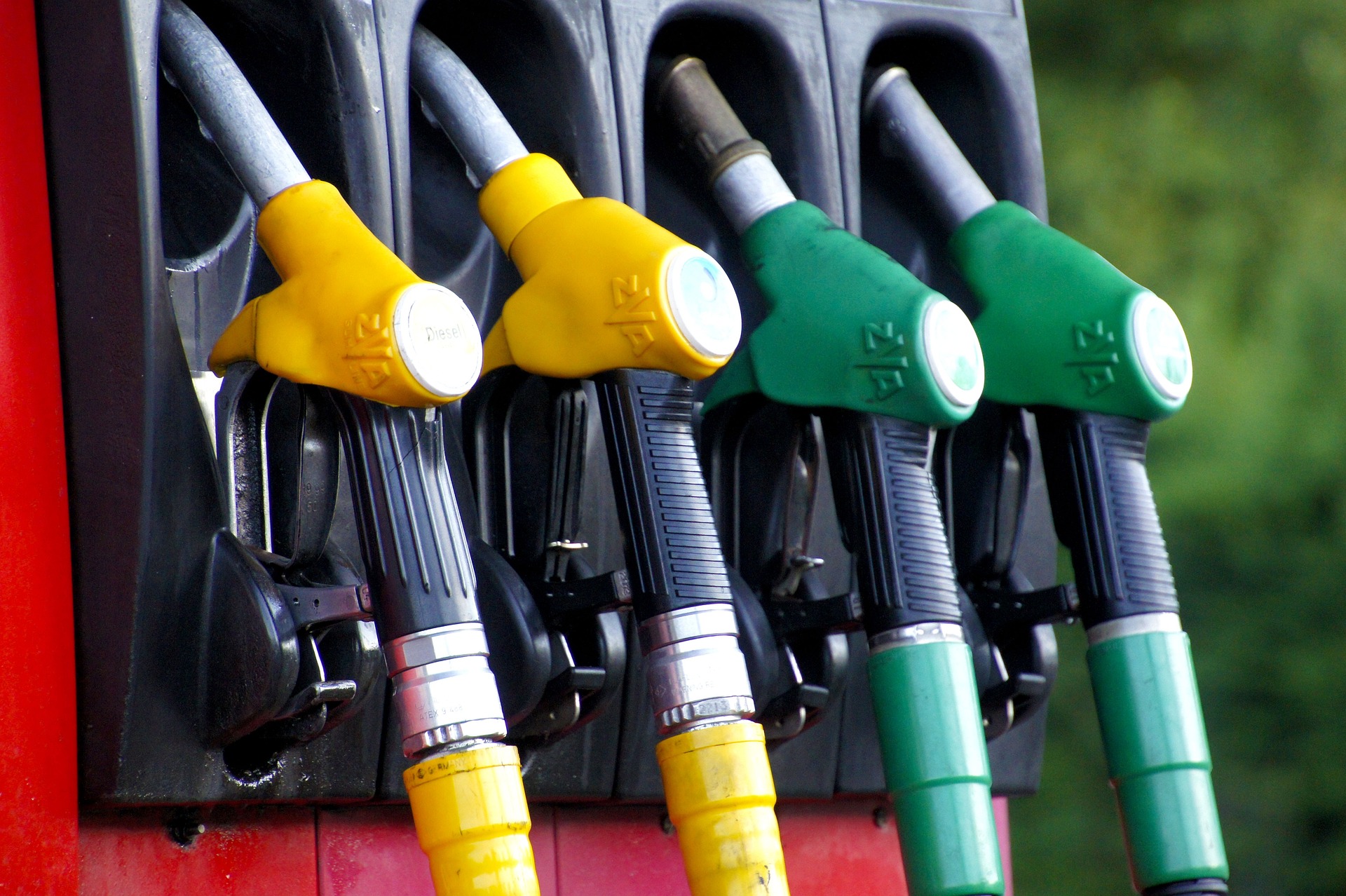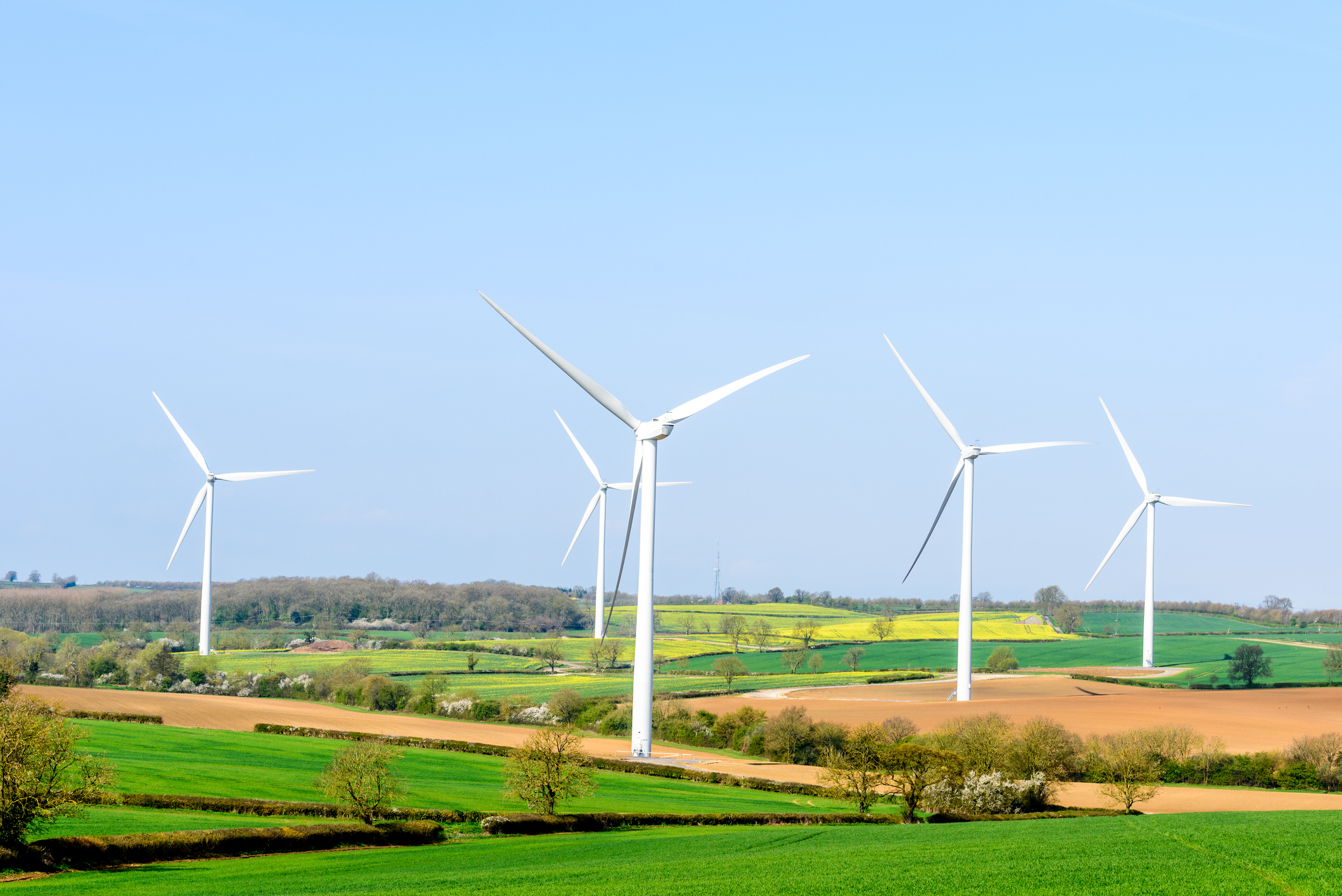Learning objective
- To know why energy sources are important.
Success criteria
- I can describe
This content is for subscribers only. Join for access today.
National curriculum
Geography
Locational knowledge
Pupils should
This content is for subscribers only. Join for access today.
Cross-curricular links
None.
This content is for subscribers only. Join for access today.
Before the lesson
This content is for subscribers only. Join for access today.
Lesson plan
Recap and recall
Before starting this unit you might want to check children can recall: Trade is the buying and selling of goods or services. That energy is often changed from electricity or gas into light and heat.
This content is for subscribers only. Join for access today.
Extended-mode explainer videos
How to extend your display to view the lesson page and preseantion mode simultaneously. Choose your operating system below to watch the video
If you need further support with extending your display,
please contact [email protected].
Extended-mode explainer video: For Mac
Extended-mode explainer video: For Windows
Adaptive teaching
Pupils needing extra support
Can use the Activity: Mapping energy (support) to map exports and imports using the pre-labelled countries.
Pupils working at greater depth
Should begin to describe the advantages and disadvantages of certain types of energy.
Should consider:
- What type of energy sources are typically traded? (Non-renewable.)
- What does this tell us about energy in the different countries? (Some produce more than enough and some, not enough.)
This content is for subscribers only. Join for access today.
Assessing progress and understanding
Pupils with secure understanding indicated by: describing the significance of
This content is for subscribers only. Join for access today.
Vocabulary definitions
-
biofuel
Energy generated from plant or animal waste; a renewable source.
-
coal
A black rock found underground, made millions of years ago; a non-renewable source.
This content is for subscribers only. Join for access today.
In this unit
Assessment - Geography Y5/6 (A): Where does our energy come from?
Y5/6 (A): Lesson 1: Why is energy important?
Y5/6 (A): Lesson 2: What is renewable energy?
Y5/6 (A): Lesson 3: How does the United States generate energy?
Y5/6 (A): Lesson 4: How does the United Kingdom generate energy?
Y5/6 (A): Lesson 5: What is the best way to generate energy?
Y5/6 (A): Lesson 6: Where is the best place for a solar panel on the school grounds?





